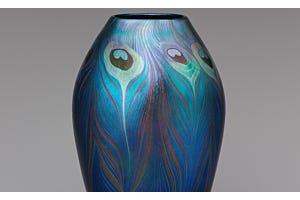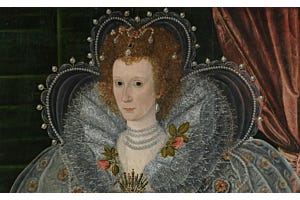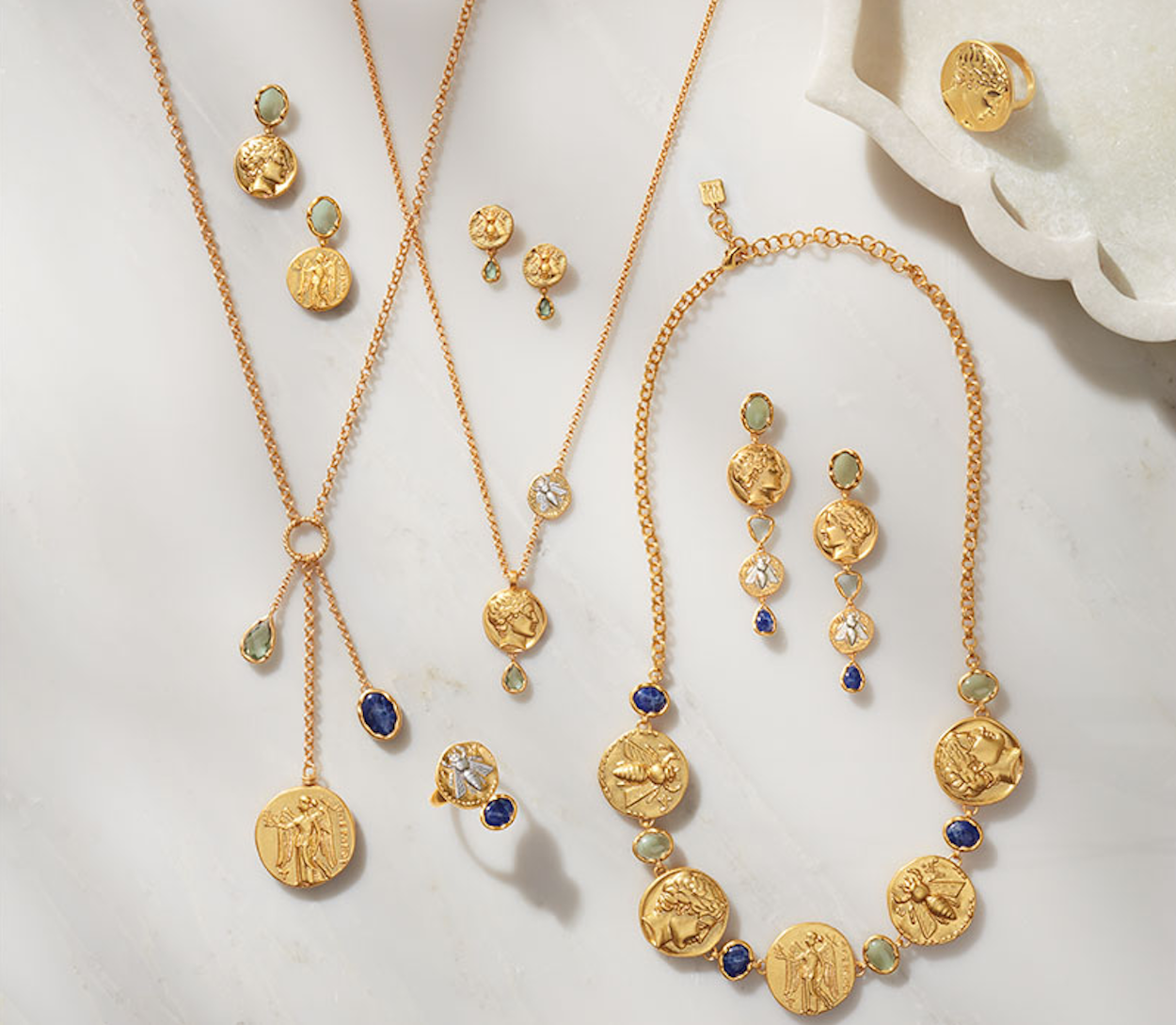
Here at The Met Store, we're celebrating spring with a fresh fleet of artful jewelry inspired by Museum treasures. From enamel dragons to baroque-pearl mermaids, fantastical creatures caught our eye this season; as did the Classics, such as an ancient Greek coin and a Cypriot bracelet with a timeless twist. And, as always, we're delighted to introduce new adornments adapting iconic Met artworks by Vincent van Gogh, William Morris, and Louis Comfort Tiffany. Below, sneak a peek at what's new in jewelry.
Cypriot Twist Pearl Jewelry
This timeless cultured freshwater pearl jewelry reinterprets an elegant gold bracelet from Cyprus. We've embellished the original adornment's characteristic twist motif with so-called “baroque” pearls, named after the word barroco, a Portuguese term for a pearl with an irregular shape. The Museum's bracelet belongs to the Cesnola Collection, which comprises Cypriot art and artifacts made between ca. 2500 B.C. and ca. A.D. 300, and serves as the most important and comprehensive assemblage of its kind in the Western world.
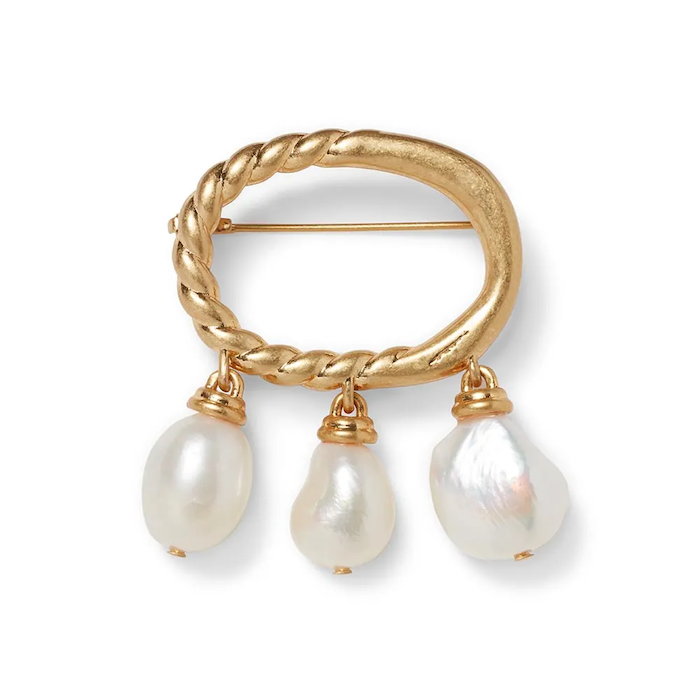

Bohemian Dragon Brooch
A celebration of whimsy and artistry, this handcrafted brooch borrows from the exquisite detailing on an imaginative Bohemian ewer (a vase-shaped pitcher) with French mounts crafted around 1680 and now in The Met collection.
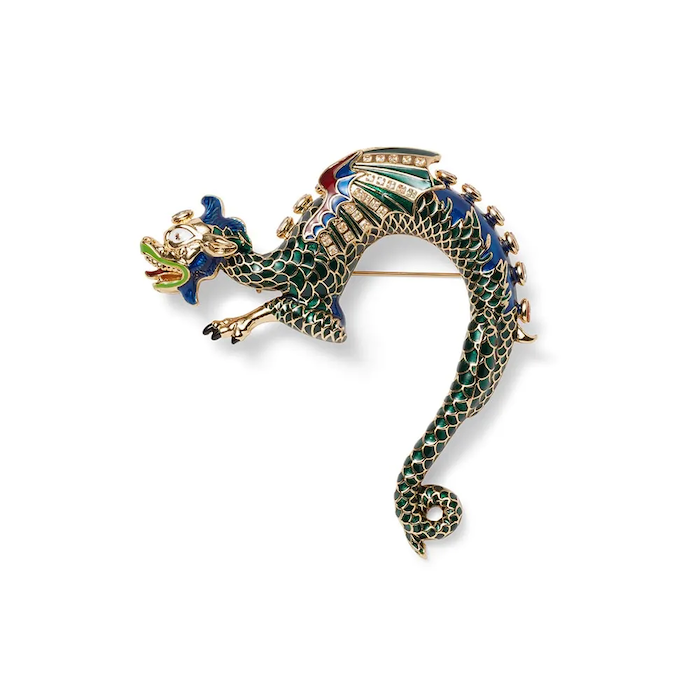

A tangle of fantastical gold, enamel, and diamond tails and scales supports a smoky rock crystal basin fiercely protected by a dragon, whose serpentine form creates the ewer's handle. The Museum’s remarkable Renaissance-style vessel is attributed to the workshop of the 17th-century artisan Ferdinand Eusebio Miseroni (Italian, active Prague, working 1656–84); however, certain elements indicate that it was reworked in the early 19th century.
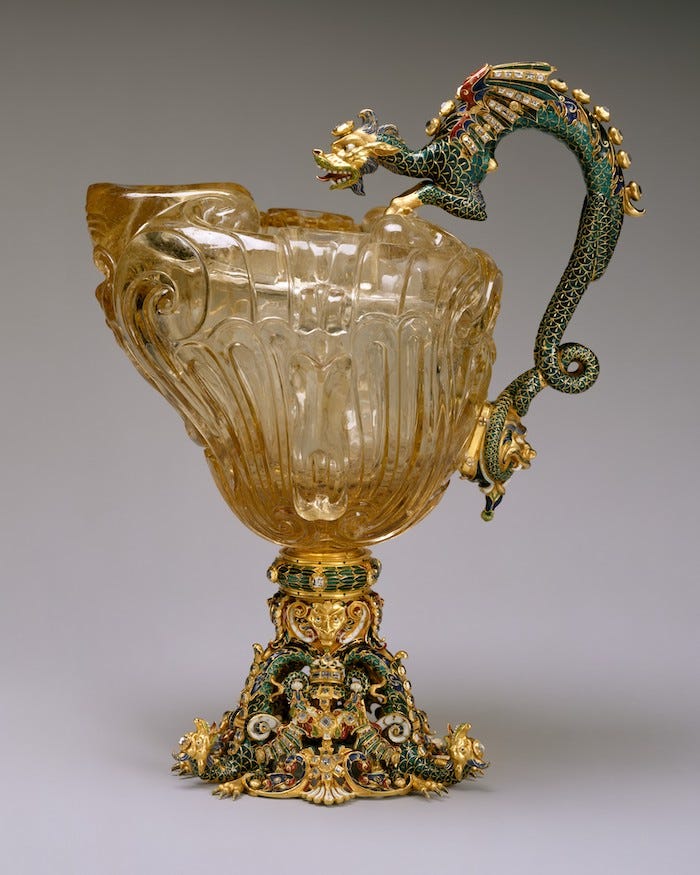

Mediterranean Coin Jewelry
This timeless jewelry evokes the expansive collection of coins in the Museum’s Greek and Roman art galleries. Silver and gold currency held intrinsic value during Greece’s Hellenistic period, and an elegant Early Hellenistic gold stater dating to around 323/2–315 B.C. features in our designs.
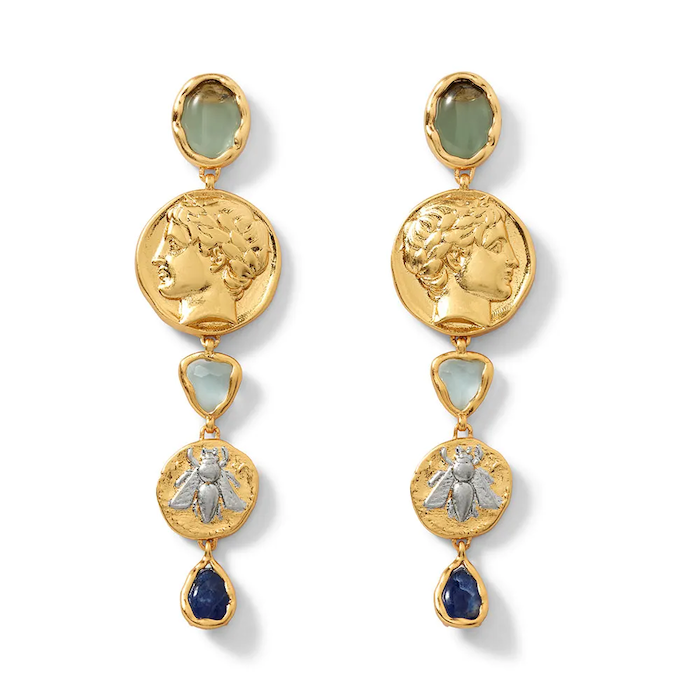

The detailing on the back of this particular coin indicates that it was produced at the royal mint of Amphipolis shortly after Alexander the Great’s death. Spectacular, sculptural coins bearing the likenesses of emperors, animals, and other pictorial scenes became fashionable in jewelry as far back as the 3rd century.
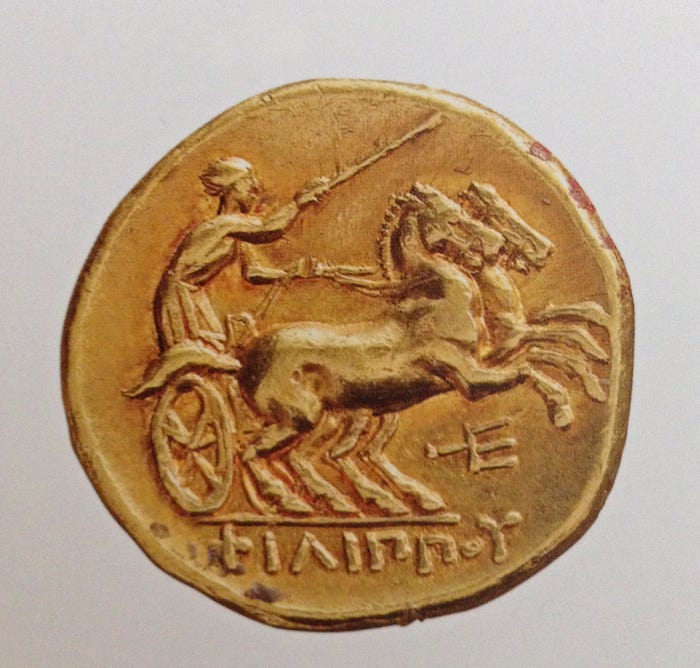

Medieval Byzantine
This eye-catching jewelry pays tribute to the enduring magnificence of Byzantine adornments. A reconstructed necklace featuring beads that likely date to the 10th century in The Met collection exemplifies the Byzantine taste for sumptuous detailing and color, and serves as the inspiration behind our collection with hand-enameled and semiprecious stone elements adapted from the original.
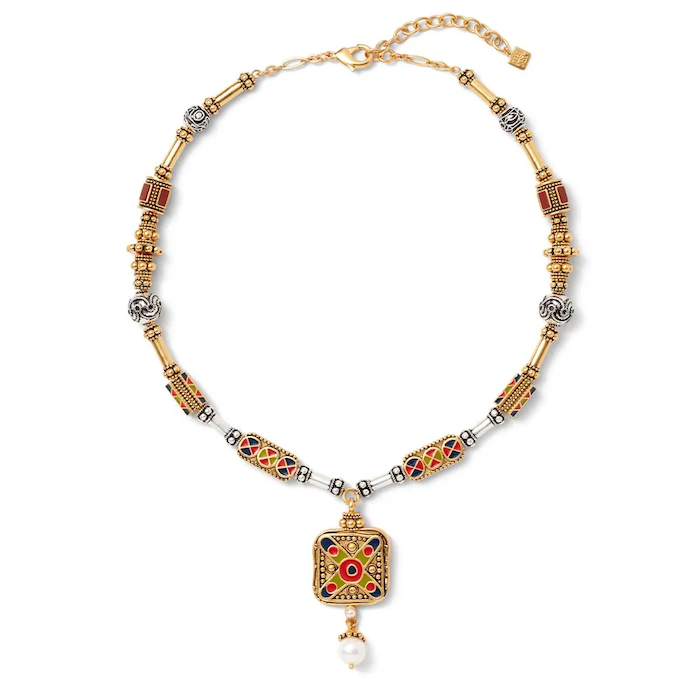

Swiss Butterfly Brooch
A splendid Swiss watch in the form of a butterfly is reimagined as an artful enamel brooch embellished with shimmering cultured freshwater pearl and glimmering Czech stone accents.
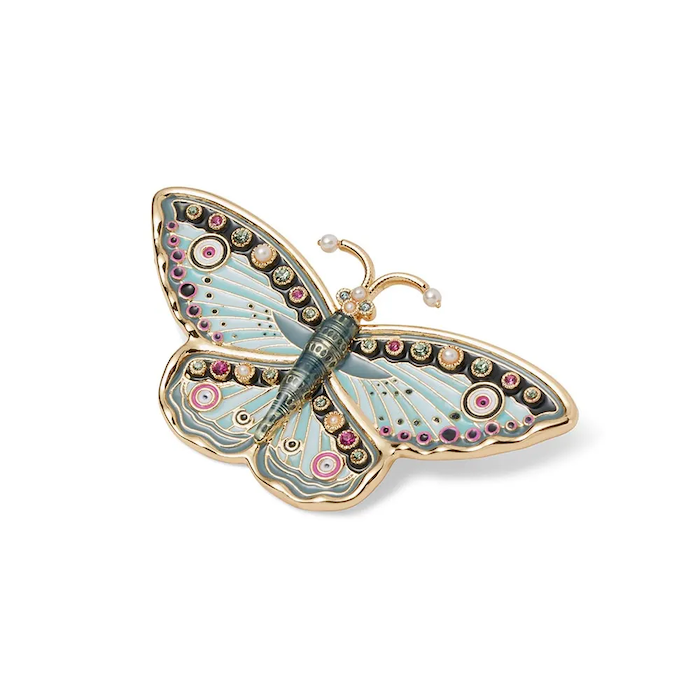

The Museum’s gold, enamel, and pearl treasure from around 1840–50 is one of many luxurious timepieces in The Met’s European Sculpture and Decorative Arts galleries, which exhibit the development of Western European art forms—including furniture, jewelry, tapestries, and ceramics—from the early 15th through the early 20th centuries.
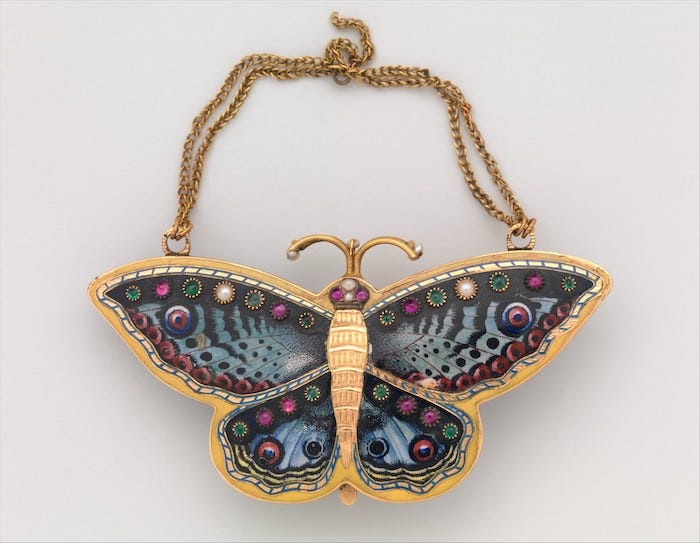

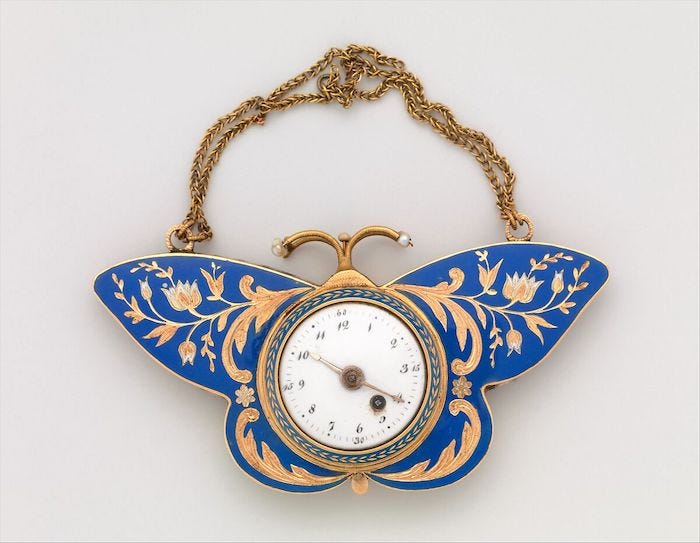

Egyptian Hathor Turquoise Jewelry
This turquoise jewelry reimagines ancient beads (ca. 1550–1295 B.C.) of faience—a ceramic material created in brilliant blue hues—which may have belonged to various necklaces given as offerings to Hathor: the ancient Egyptian goddess of love, beauty, and fertility; the fierce protector of women; and the daughter of the powerful sun god, Re. Associated with the sun’s eternal light, faience objects were thought to possess divine properties.
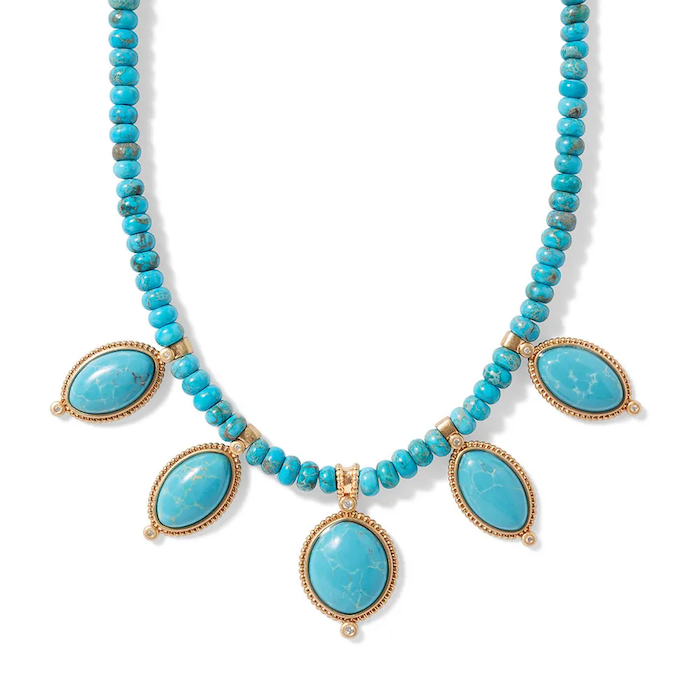

The pendants punctuating select designs are informed by a cowroid bead (ca. 1550–1425 B.C.), or cowry shell–shaped amulet, also dating to the New Kingdom and housed in the Museum’s Egyptian art collection.
Van Gogh Sunflower Jewelry
Our cast-glass jewelry embellished with hand-applied gold leaf is an interpretation of the Museum’s Sunflowers, one of four still lifes Vincent van Gogh (Dutch, 1853–1890) painted featuring these sunny yellow blooms in Paris during the late summer of 1887. Paul Gauguin once owned two of the smaller sunflower studies, which he displayed above his bed before selling them in the mid-1890s to finance his trip to the South Seas.
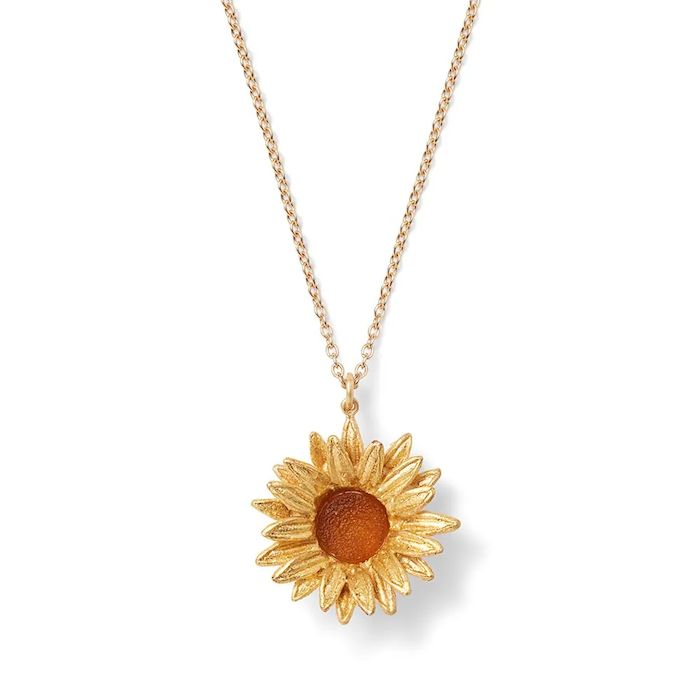

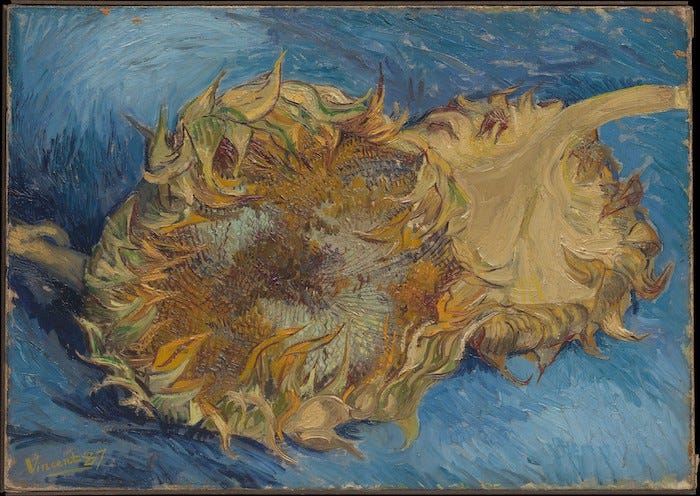

Mermaid Baroque Pearl Brooch
A late 19th-century German or French pendant in the form of a marvelous mermaid is transformed into a head-turning brooch. Our adornment adapts the baroque-pearl torso on the original, now in The Met collection, with a cultured freshwater pearl, likewise embellished with colorful enamel and sparkling accents.
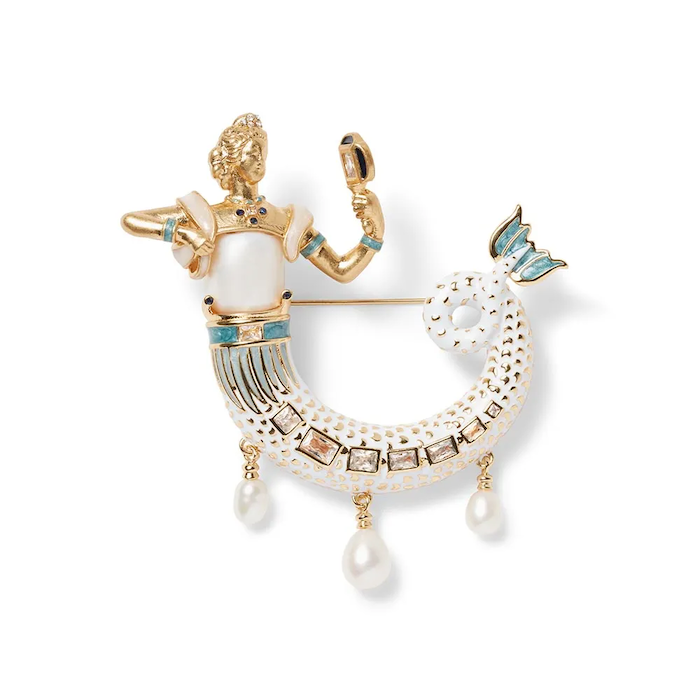

Her tiara and long, wispy tail are among the attributes also present in two unpublished designs for a mermaid jewel by the German goldsmith Reinhold Vasters (German, 1827–1909), now in the Victoria and Albert Museum, London. The variation in quality and variety of objects made according to Vasters’s designs indicate that his visions were likely realized by various artisans.


Enamel Jewelry
New to our existing collection of enamel bangles are enamel hoop earrings and pendant necklaces featuring iconic motifs in The Met collection, from Blackthorn (1892), a block-printed wallpaper designed by John Henry Dearle (British, 1859–1932) and approved by William Morris (British, 1834–1896), to Vincent van Gogh's (Dutch, 1853–1890) beloved Irises (1890).
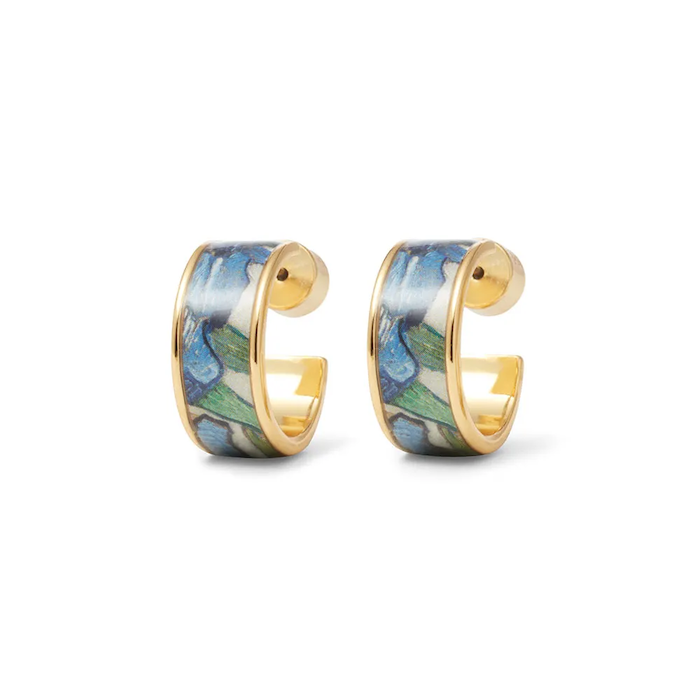

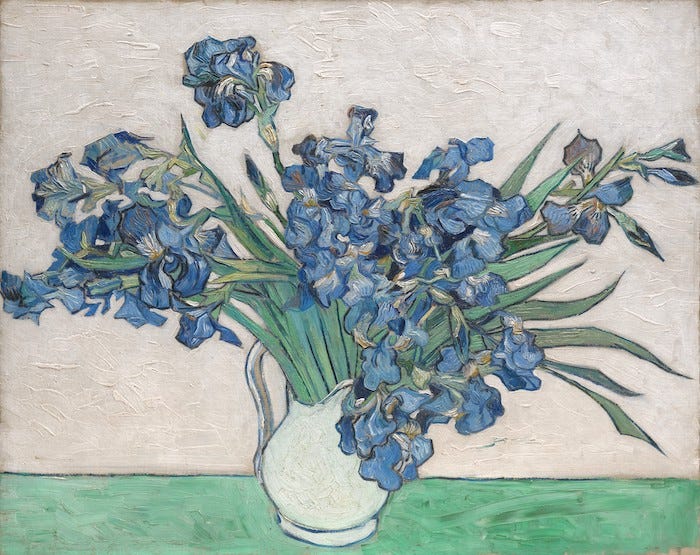

Shop what’s new for spring in-store and online.






